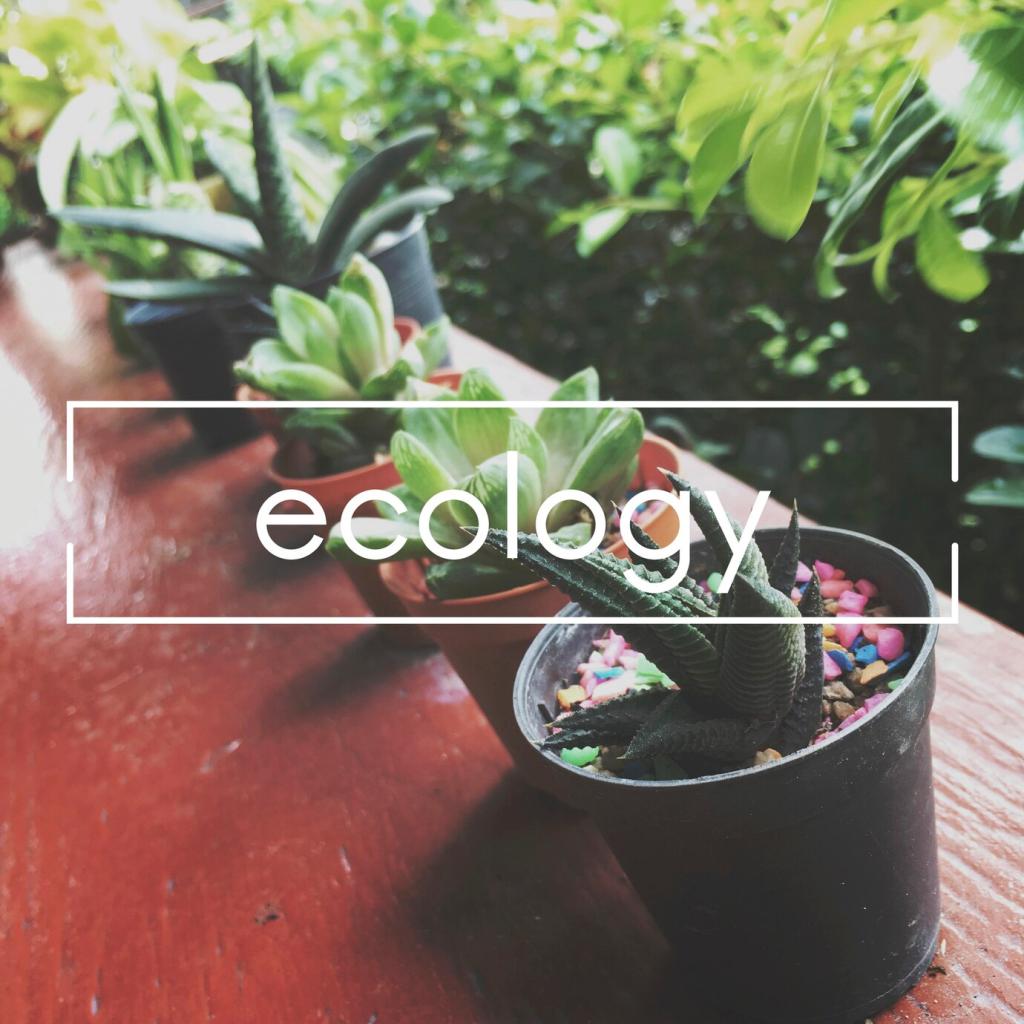Avoiding Greenwashing and Legal Pitfalls
Add scope to every claim: product-level or company-level, one region or global, one season or ongoing. Incorporating green terminology in brand messaging should always include accessible proof—lifecycle notes, supplier attestations, or third-party certifications—so readers see the same evidence your team relies upon.
Avoiding Greenwashing and Legal Pitfalls
Different markets scrutinize terms like “compostable,” “carbon neutral,” or “recyclable.” Incorporating green terminology in brand messaging means aligning with local guidance, avoiding blanket promises, and clarifying conditions—such as industrial composting requirements or collection infrastructure that actually exists in customers’ communities.




